If you’re wondering how to change difficulty in Diablo Immortal, you’re not alone. All games in its genre most have an extremely high replayability factor due to their end-game progression, which involves replaying the game on a higher difficulty. After unlocking the requirements, here’s what to do.
How to Change Difficulty in Diablo Immortal
You must meet the following requirements to change the difficulty in Diablo Immortal:
- Reach level 60.
- Complete the main story quests.
These requirements will likely take you the longest time to finish, but they are worth doing anyway, since completing these quests gives an ample amount of exp.
One of the biggest draws of this genre is the ability to earn powerful new armor sets, weapons, and skills. The main game, from start to finish, is usually just a taste of what’s to come in the end game. The real fun doesn’t start until you’re grouping up with other players and tackling your favorite boss on the Hell difficulties. That’s when I find the game’s most challenging encounters and most powerful rewards become available. You can’t get the best legendaries and end-game sets without grinding (or paying an insane amount of money).
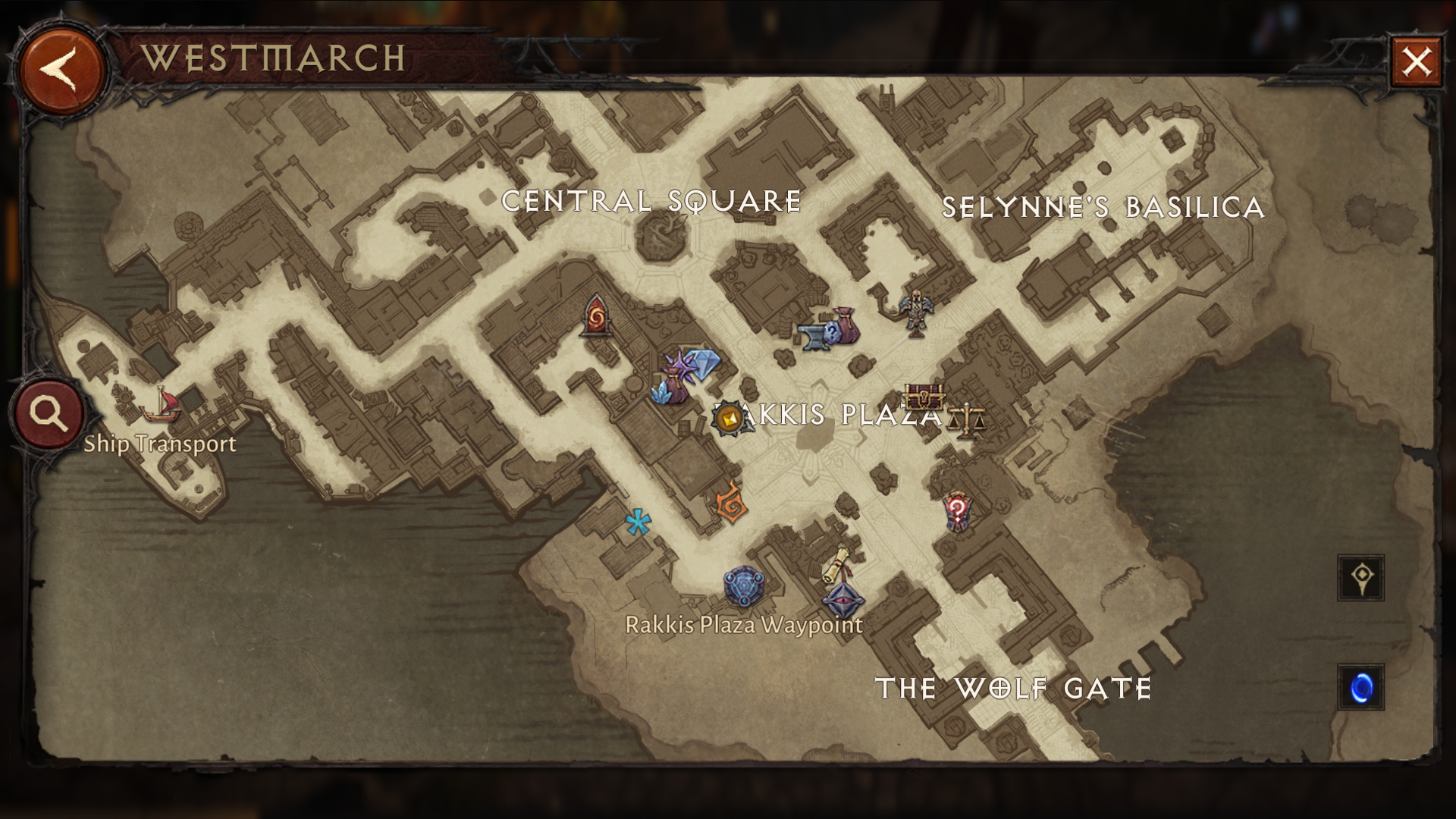
How to Change Difficulty
Once you’ve met the requirements, you can boost the difficulty level. The end-game difficulty is called Hell, and there are currently four levels that correspond to your paragon levels and the enemy monster combat rating.
To change the difficulty, you must enter Westmarch, open your map, and click the skull icon. From this menu, you can play on whatever level of Hell you have unlocked so far. For example, those who have just finished the Normal difficulty and are level 60 unlock Hell 1. The different levels of Hell difficulty correspond to the paragon levels and monster combat ratings as follows:
- Hell 1: Paragon Levels 1-60 and Monster Combat Rating 390.
- Hell 2: Paragon Levels 30-130 and Monster Combat Rating 1190.
- Hell 3: Paragon Levels 90-210 and Monster Combat Rating 2150.
- Hell 4: Paragon Levels 160-300 and Monster Combat Rating 3270.
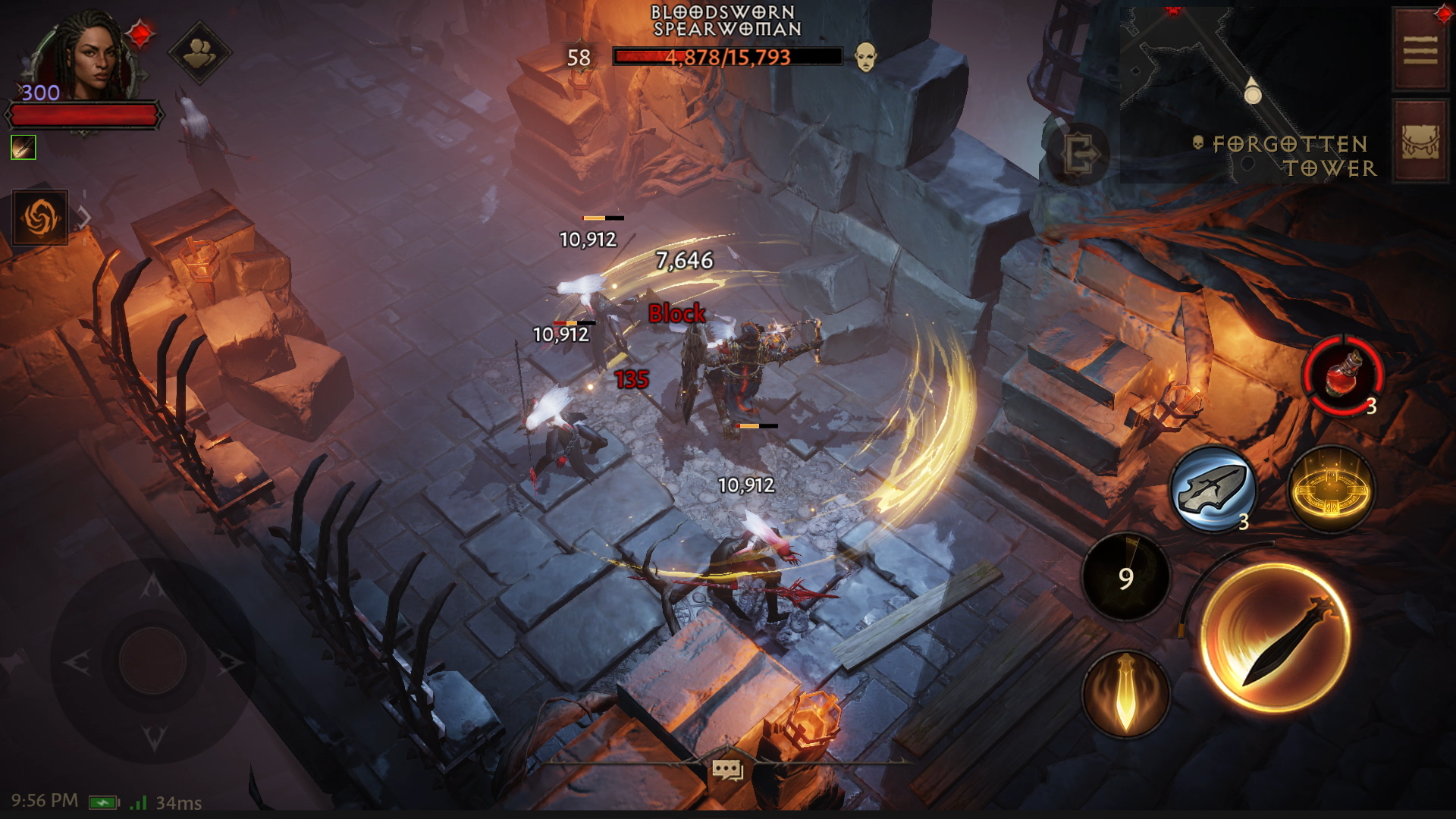
Paragon Levels Explained
After hitting Level 60, for every new level you reach, you gain a paragon level and paragon point instead of a base level. Paragon levels are one of the ways of measuring your end-game abilities. The more paragon levels and points you have, the more you can flesh out your paragon skill trees. The allocation of paragon points depends on your class and your end-game build goal.
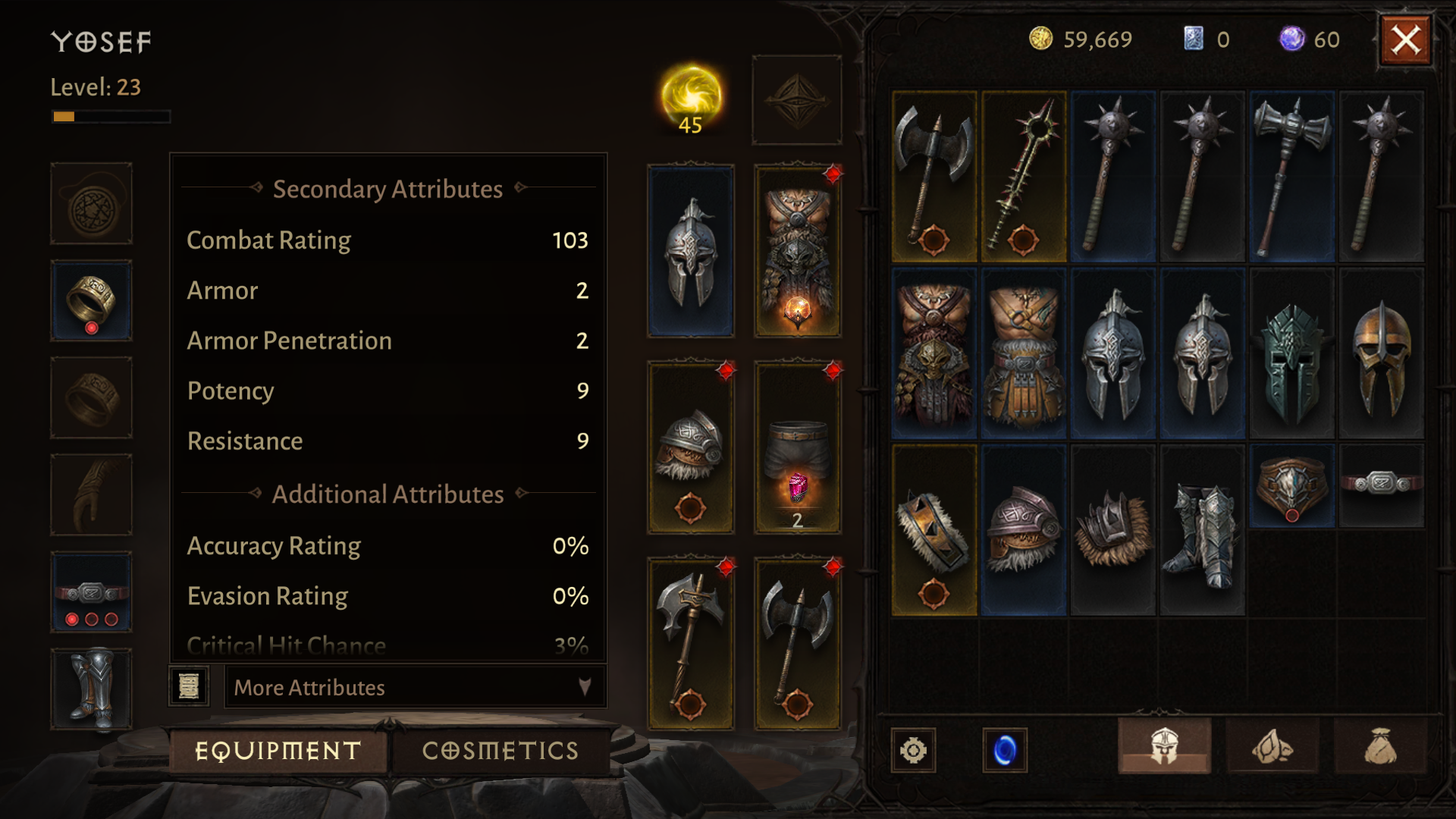
How Combat Rating Factors Into Changing Difficulty
Your combat rating is a measurement of your strength. A monster’s combat rating is the same, well, for a monster. Your rating will be affected by things like armor and weapons, gems, and stat boosts unlocked through the Helliquary. The better your gear and gems, and the more stat boosts you have, the higher your combat rating will be, and you will be able to fight stronger enemies on higher difficulty levels. You can check their combat rating by opening up their inventory, looking at their player attributes, and then clicking or touching the button labeled “more attributes.”
That’s how to change difficulty in Diablo Immortal. Now you know how to unlock the option to change the difficulty, as well as how the paragon system and your combat rating affect it. If you’re interested in learning how to change your character’s appearance, check out our guide here.

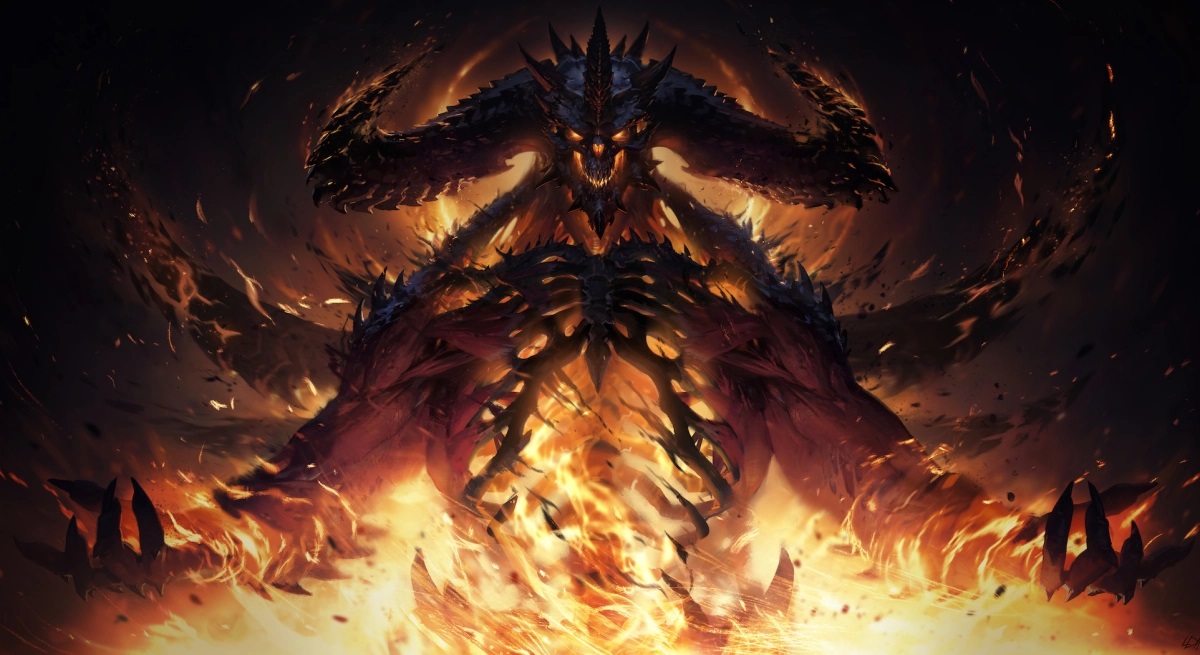



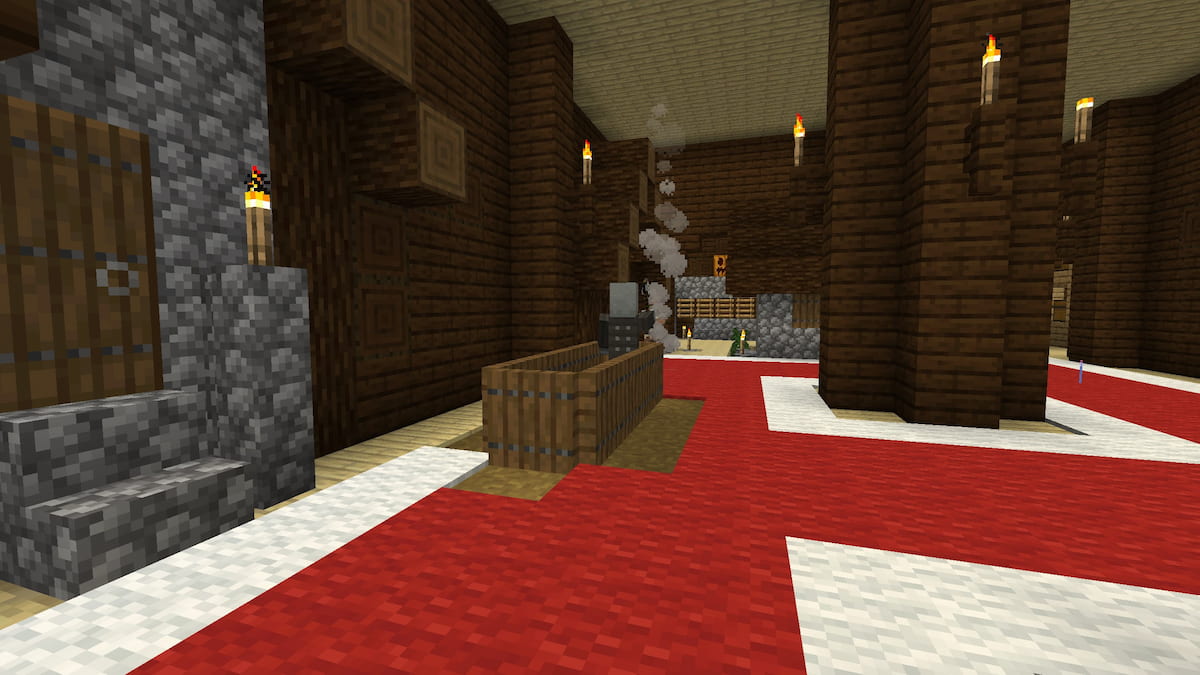
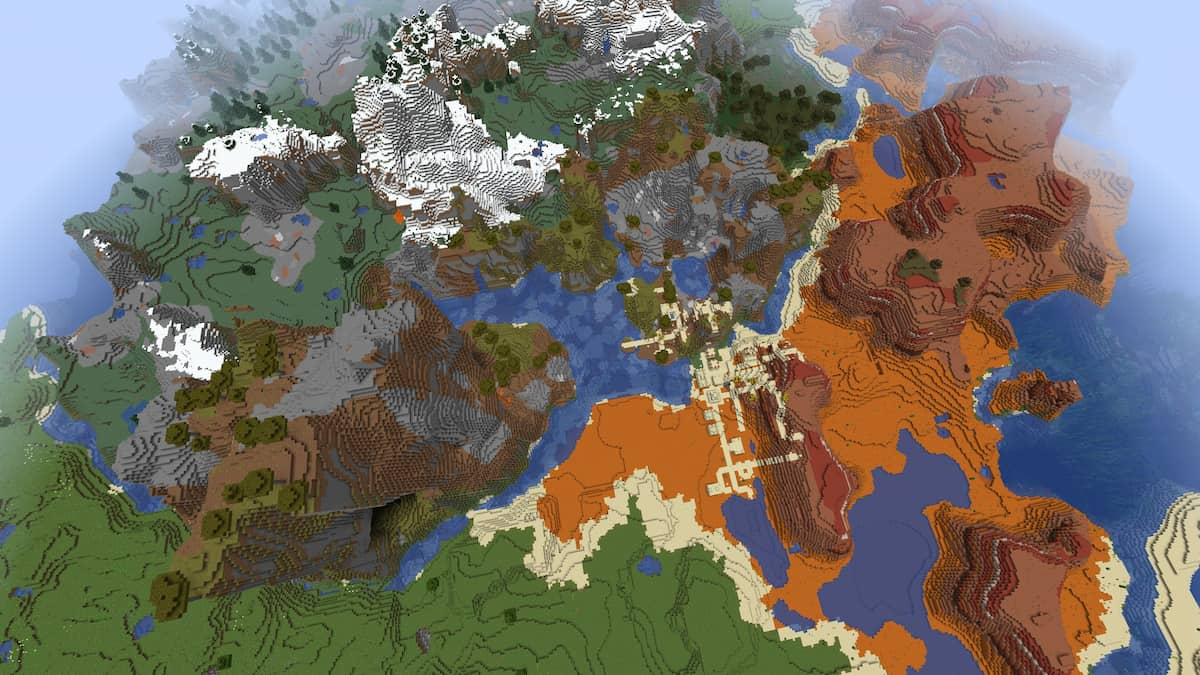
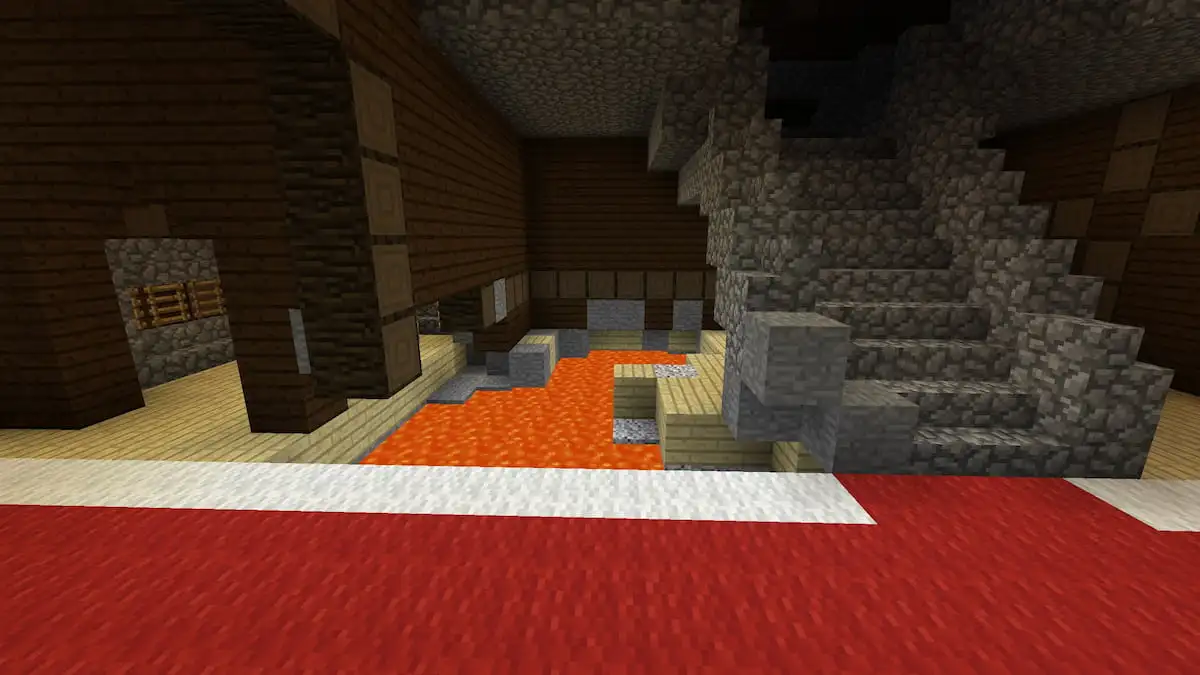
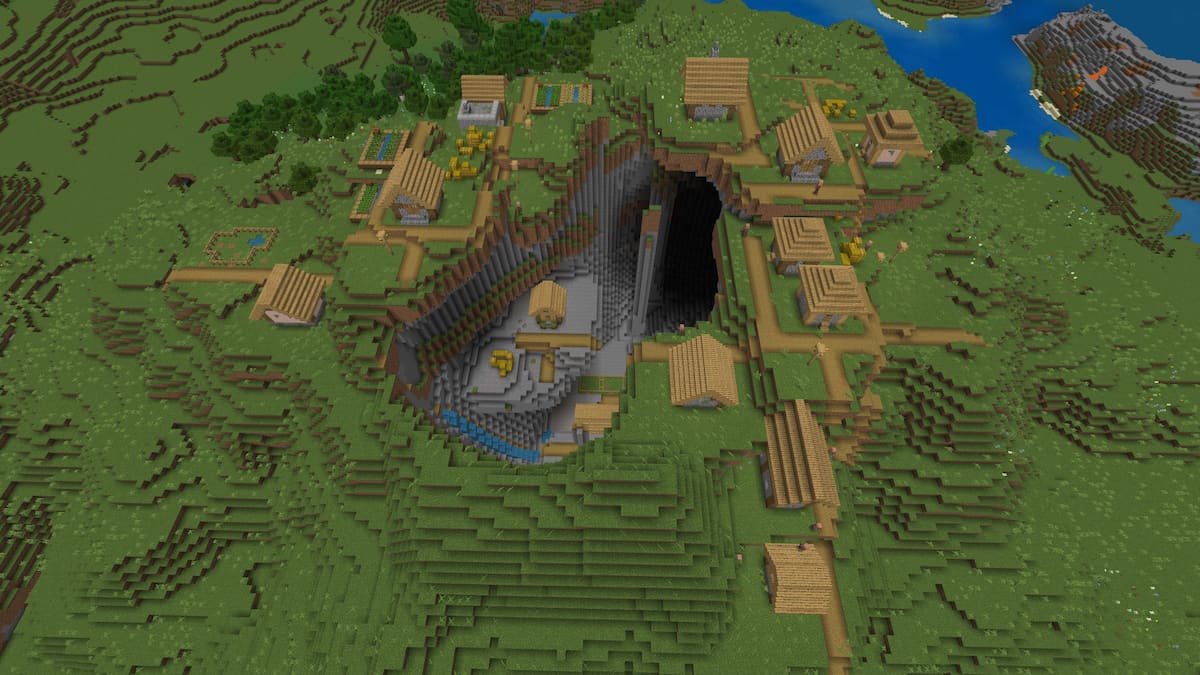
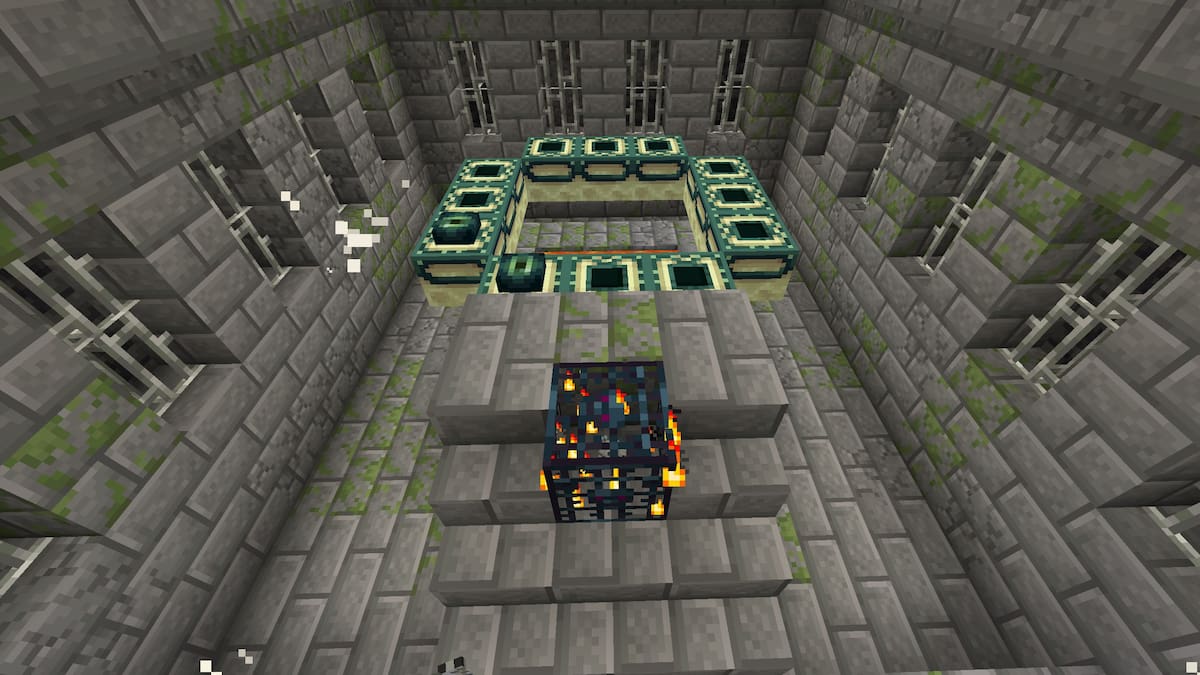
Published: Jul 22, 2023 03:56 pm